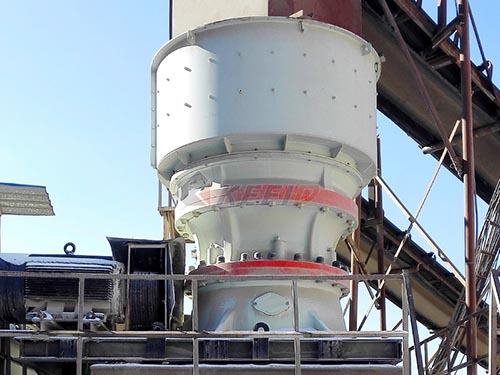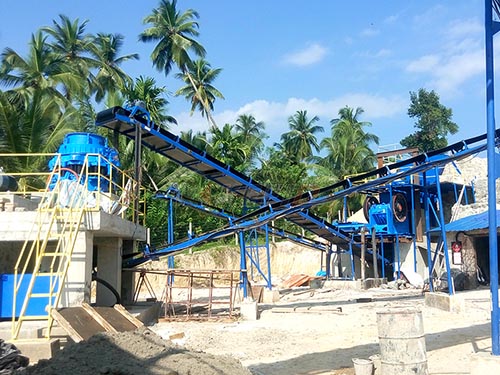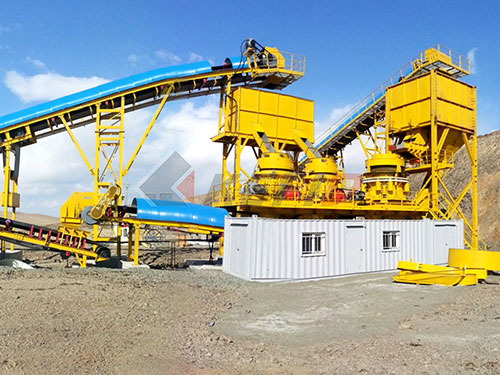Enduring Power: The Cedarapids Model 1636 Jaw Crusher – A Stalwart of Primary Crushing
In the demanding world of aggregate production and mineral processing, reliability and robust performance are paramount. Few machines embody these qualities as enduringly as the Cedarapids Model 1636 Jaw Crusher. For decades, this specific model has served as a cornerstone for primary crushing applications worldwide, earning a reputation for simplicity, durability, and consistent output.

A Legacy of Robust Design
Introduced during an era when heavy machinery was built to last generations, the 1636 inherited Cedarapids’ renowned engineering principles:
Sturdy Frame Construction: Fabricated from high-quality steel plate welding techniques (common for its era), its frame provided exceptional rigidity to withstand the immense forces generated during rock crushing.
Proven Overhead Eccentric Mechanism: The powerful overhead eccentric design drove a massive forged steel pitman shaft and robust bearings – engineered specifically to handle heavy shock loads without failure.
Generous Feed Opening: True to its designation (often interpreted as 16″ x 36″), the 1636 featured a substantial feed opening capable of accepting large run-of-mine rock or blasted quarry stone efficiently.
Deep Crushing Chamber: Its deep symmetrical chamber design promoted excellent nip angles and efficient reduction of feed material down to manageable sizes for secondary processing.
Core Specifications Defining Performance
The Model 1636’s specifications cemented its role as a primary workhorse:
Feed Opening: Approximately 16 inches wide by 36 inches long (406 mm x 914 mm) – ideal for medium-to-large sized feed material.
Maximum Feed Size: Capable of handling rocks up to roughly 14-15 inches (355-380 mm) in diameter depending on material characteristics.

Crushing Capacity: While variable based on material type (hardness, density), feed gradation, and closed side setting (CSS), typical capacities ranged significantly – often cited between 90 to over 300 tons per hour in practical applications with appropriate settings and conditions.
Eccentric Shaft Speed: Operated at a relatively moderate speed (around 250-300 RPM), optimizing crushing efficiency and reducing wear compared to higher-speed designs.
Adjustable Discharge Setting: A critical feature enabled via adjustable wedges or shims at the discharge point (the bottom of the crushing chamber), allowing operators precise control over final product size.
Operational Streng

Leave a Reply